Illinois Pesticide Review Newsletter
Concise information on legislation, regulations, and other developments directly impacting pesticide use in Illinois.
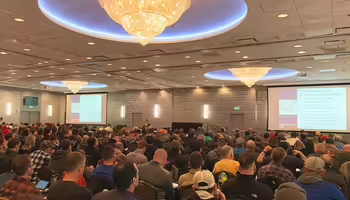
November/December 2025
In this issue
- Register for in-person pesticide applicator training clinics, testing offered statewide
- Pesticide applicator in-person training and testing locations and dates set for 2025-2026
- Public comment open on proposed rules on barrier mosquito treatment, school application restrictions
- Continuing education units and fee adjustments for Illinois pesticide certification
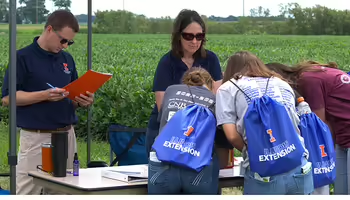
September/October 2025
In this issue
- Teens demonstrate pesticide knowledge at Youth Crop Scouting Competition
- Protect your eyes while working with pesticides
- Jean Miles retires after 28 years with Pesticide Safety Education Program
- Welcome, Jonathan Jackson!

July/August 2025
In this issue
- Final insecticide strategy brings major changes for applicators
- Household hazardous material collection events scheduled for fall 2025
- EPA opens comment period on Dicamba re-registration for soybeans, cotton with proposed mitigation measures
- Twisted leaves and tough questions: What to do if herbicide spray drift hits your farm or garden
- Guide available on handling pesticide drift complaints
- Upcoming ag related events to check out
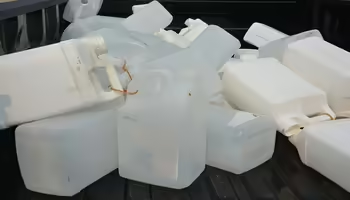
May/June 2025
In this issue
- 2025 Agrichemical container recycling program schedule
- USDA rescinds federal restricted use pesticide recordkeeping requirement for private applicators
- Illinois invasive: Elm zigzag sawfly
- Taking a pesticide exam online soon? See these new equipment requirements first
- Phytobac™ breaks down spray tank residues
- Container recycling and the ACRC
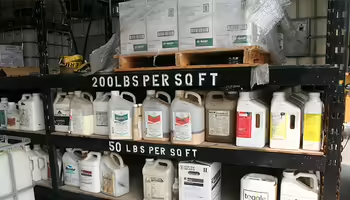
March/April 2025
In this issue
- Spring cleaning of pesticide storage areas
- Misuse case summary for 2024 and tips to prevent misuse in 2025
- Protecting pollinators from pesticides
- Training and testing options for the remainder of the pesticide application season
- Pesticide related bills being considered now

January/February 2025
In this issue
- IDOA issues guidance on new law concerning pesticide application in rights-of-way
- Public comment opens on monarch butterfly's threatened species status, USFWS contemplates limitations on pesticides
- Updated Worker Protection Standards Application Exclusion Zone requirements
- Managing western corn rootworm while maintaining Bt efficacy
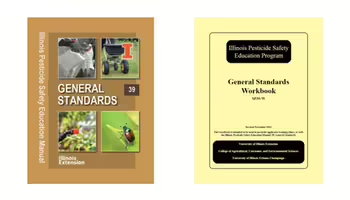
November/December 2024
In this issue
- Revised Pesticide Safety Education publications for 2024-2025
- Pesticide applicator in-person training and testing locations and dates set for 2024-2025
- EPA’s final herbicide strategy for ESA: What could change
- Why insects resist: The underlying mechanisms of insecticide resistance
- EPA releases Rodenticide Strategy, including final biological evaluation on the effects of 11 rodenticides on endangered species and associated mitigation
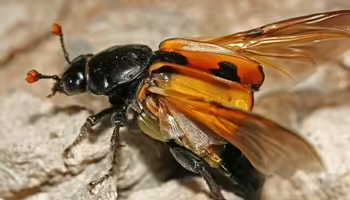
September/October 2024
In this issue
- Draft Insecticide Strategy released by EPA
- DIY spray and aerosol products likely to fail in German cockroach control
- Emergence of a new Illinois turf pest: The annual bluegrass weevil
- Pesticide Pitfalls: Common Misuses and What to Do If You've Made a Mistake
- EPA issues emergency order to stop all use of the pesticide Dacthal
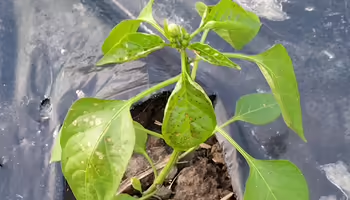
July/August 2024
In this issue
- Considerations before consuming produce following a pesticide misapplication
- Guide available on handling pesticide drift complaints
- Changes may come to federal pesticide regulations after Chevron ruling overturned
- Online mapping tools help connect growers, beekeepers, and pesticide applicators
- Household hazardous material collection events scheduled for fall 2024
- Here’s what to do if you find spotted lanternfly
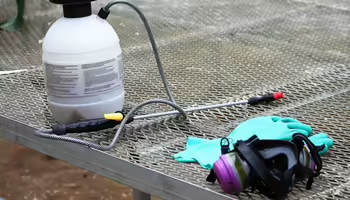
May/June 2024
In this issue
- Maintaining personal protective equipment
- Welcome, John Schepis!
- New pesticide laws around schools
- Recognizing heat-related warning signs for gardeners and landscapers
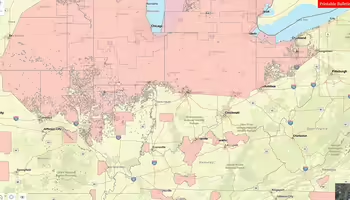
March/April 2024
In this issue
- Pesticide applicators should familiarize themselves with EPA’s Bulletins Live! Two system
- Welcome Instructional Designer, Steven Zhu!
- 2024 Agriculture container recycling program schedule
- New minimum age requirement for Illinois pesticide licenses on the horizon
- Certification exam preparation: tips and accommodations

January/February 2024
In this issue
- Illinois Department of Agriculture updates identification requirements for pesticide certification and licensing
- New pesticide licensing fee schedule in place
- Periodical cicadas of brood XIII and brood XIX emerge at same time!
- Illinois Department of Agriculture announces improvements to search tool for pesticide licensing and product registration
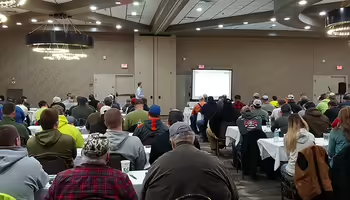
November/December 2023
In this issue
- Pesticide applicator in-person training and testing locations and dates set for 2023-2024
- Quicker check-in process for Illinois Pesticide Safety Education Program clinics
- WPS pesticide safety training requirements refresher: Illinois
- Let your voice be heard! Public comment period on proposed rate changes to chlorothalonil
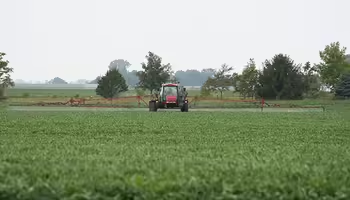
September/October 2023
In this issue
- Know this for a simplified registration and licensure process
- Illinois Department of Agriculture announces new staff members
- Illinois Department of Agriculture releases pesticide clean sweep program results
- Spotted lanternfly: A new invasive insect in Illinois
- Household hazardous material collection events scheduled for fall 2023

July/August 2023
In this issue
- Tips to help employees succeed
- EPA releases draft herbicide strategy; public comment period open
- Paraquat certification valid 3 years: Are you due for training?
- Online training and testing unavailable beginning August 31
November/December 2022
- Change Coming to How EPA Protects Endangered Species from Pesticides – Feedback Needed
- New Registration and Check-in Process for Illinois Pesticide Safety Education Clinics
- Editorial Notes
- Download This Issue of the Newsletter
- Goodbye to Matt Gill and Maria Turner
Recent Issues